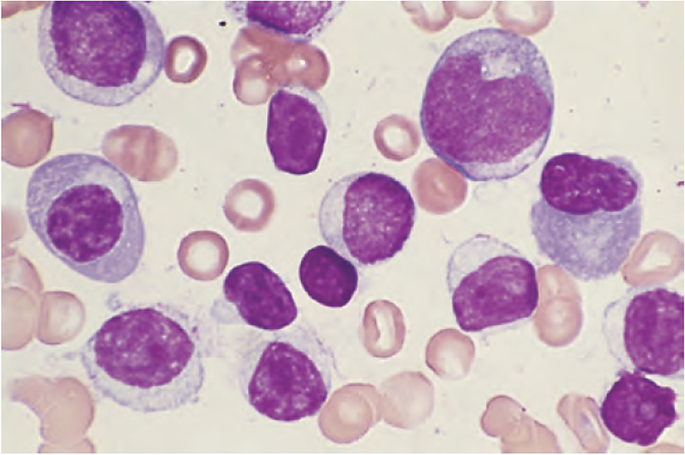Waldenstrom’s Macroglobulinemia Symptoms, Causes, Diagnosis and Treatment

What Is Waldenstrom’s Macroglobulinemia?
It is a cancer that affects your B lymphocytes, a type of W.B.C. Waldenstrom’s Macroglobulinemia is linked with the abnormal growth of proteins named IgM antibodies.
What Causes Waldenstrom’s Macroglobulinemia?
It consequents due to a condition named lymphoplasmacytic mymphoma. However what leads the over production of IgM antibodies, is a mystery. Clearly, such abnormal growth of IgM tends to cause your blood to turn very thick. Such a condition is known as hyperviscosity. Your blood, then finds difficulty to easily flow through your small blood vessels.
Furthermore, Waldenstrom’s Macroglobulinemia is a rare disease. Majority individuals diagnosed with WM are above the age of sixty five; however it can also target younger adults.
What Are The Symptoms Of Waldenstrom’s Macroglobulinemia?
Few common symptoms of Waldenstrom’s Macroglobulinemia include:
- Bluish skin.
- Easy skin bruising.
- Decreased or blurred vision.
- Bleeding gums.
- Dizziness.
- Flank pain.
- Fatigue.
- Nosebleeds.
- Changes in mental status.
- Headache.
- Vision loss in a particular eye.
- Considerable weight loss.
- Swollen glands.
- Rash.
- Burning pain, tingling or numbness in the feet, hands, ears, nose or toes.
When Is The High Time To Consult A Doctor?
In case you notice a combination of the above mentioned symptoms, do not delay to call up for an appointment.
What Are The Potential Complications of Waldenstrom’s Macroglobulinemia?
Few complications Waldenstrom’s Macroglobulinemia can lead in the long run include:
- Vision problems.
- Gastrointestinal bleeding.
- Congestive heart failure.
- Coma.
- Death.
How Is Waldenstrom’s Macroglobulinemia Diagnosed?
In order to diagnose Waldenstrom’s Macroglobulinemia, the doctor will perform the following tests and procedures:
- During your visit, the doctor will carry out a physical examination, wherein he or she will possibly observe swollen lymph nodes, spleen and liver.
- CBC reports will point out low levels of platelets and R.B.C.
- Your eye exam will reveal retinal bleeding.
- Serum viscosity test will determine whether or not the blood has turned thick.
- Blood chemistry will reveal a kidney disease.
- Serum protein electrophoresis will indicate raised levels of IgM antibody.
Few additional tests your doctor can suggest include: - Immunofixation in urine.
- T lymphocyte count.
- Total protein.
- Serum globulin electrophoresis.
How Is Waldenstrom’s Macroglobulinemia Treated?
Following are the treatment of Waldenstrom’s Macroglobulinemia:
- Unnecessary substances are removed from your blood by means of plasmapheresis.
- Drug therapy tends to include corticosteroids. Sometimes, a combination of corticosteroids and chemotherapy drugs are used to treat Waldenstrom macroglobulinemia.
- Patients with low levels of platelets or W.B.C may require antibiotics or transfusions.
- To lessen the raised levels of IgM, macroglbulinemia is the suitable treatment approach. It also manages the symptoms triggered due to blood thickening.
What Is The Prognosis Of Waldenstrom’s Macroglobulinemia?
Unfortunately, average survival for Waldenstrom’s Macroglobulinemia is approximately six to seven years. However; few individuals survive for more than nine years. Moreover, in some patients, Waldenstrom macroglobulinemia may cause few signs whilst progress gradually.
By : Natural Health News




